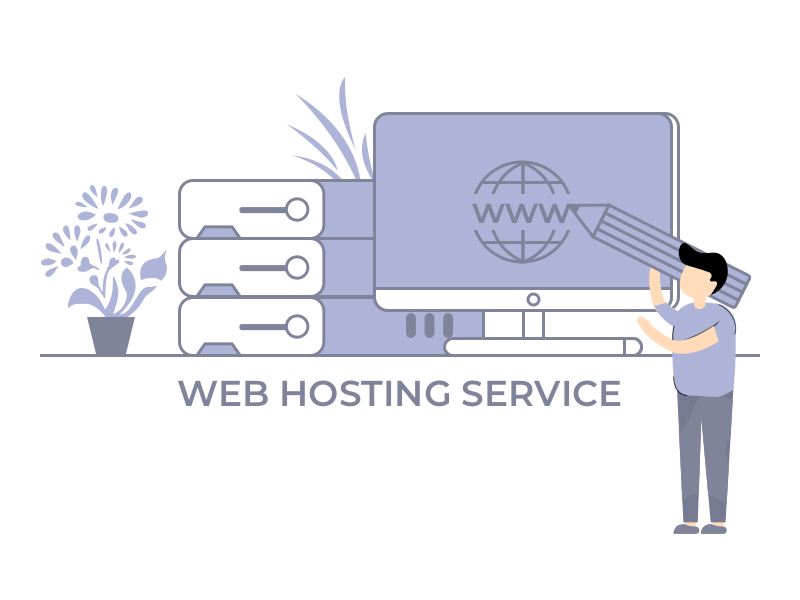Switch to dedicated servers has been at unprecedented level like never before. Reason is far clear as the evolving businesses leverages the power of bare metal dedicated servers to harness all the advantage offered at the table. Let’s look at the benefits of dedicated servers and how mid-sized companies can take advantage of them.
IN THIS POST
What is Network Monitoring?

Making use of a system to continuously monitor networking components like routers, switches, firewalls, servers, and VMs in order to have the earliest warning of failures, defects or problems and to improve them to maintain and optimize their availability is network monitoring.
How do network monitoring tools work?
They tend to check the activity and health of internal systems via the network by sending a signal, called a ping, to various system ports. The testing system uses a huge variety of check intervals, which is basically the time between pings.
With the ever growing networking tools, sometimes it is like finding needle from the hay. For such critical process, it is in the best interest of organization and network engineers alike to choose the best among most suited tools and utilize them.
While narrowing down the choice of best Network Monitoring Tools, following are the key aspect which should always be kept in mind:
- Network Mapping
- SNMP(Simple Network Management Protocol)
- Monitoring Interval
- Uptime/Downtime
- Instant alerting based on threshold violations
- Bandwidth monitoring
- Dashboard
Here's a List of Top Network Monitoring Tools and Software
1. Solarwinds Network Performance Monitor
SolarWinds® Network Performance Monitor (NPM) is by far most commonly used and a powerful and network monitoring software that enables you to quickly detect, diagnose, and resolve network performance problems and outages.
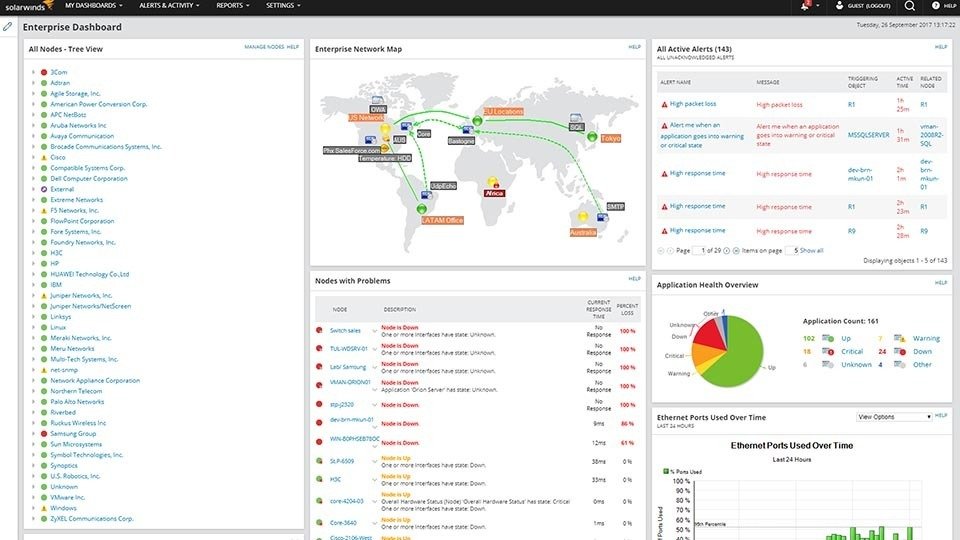
Overseeing an entire network with ease makes it one of the easiest to use and most intuitive user interfaces. It enables to customize the web-based performance dashboards, charts, and views. Tailored topology for entire network infrastructure can easily be employed. You can also create customized dependency-aware intelligent alerts and much more.
2. PRTG Network Monitor from Paessler
PRTG is like blessing for IT engineers or Organisations with little experience in network monitoring.

PRTG Network Monitor software is agentless tool with advanced infrastructure management capabilities. PRTG monitors IT infrastructure using technology such as SNMP, WMI, SSH, Flows/Packet Sniffing, HTTP requests, REST APIs, Pings, SQL etc.
3. ManageEngine OpManager
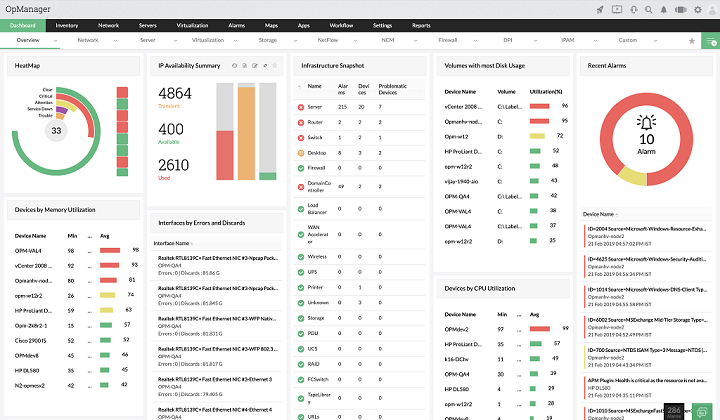
ManageEngine OpManager is an enterprise level solution for the various needs of Network Monitoring tool. OpManager continuously monitors the entire network device with an IP and connected to the network and and provides an in-depth visibility and control over it.
4. Nagios XI
Nagios XI is aimed at a wide audience, ranging from freelancers, SMBs (Small-to-Medium-Business), to large corporations with flexible pricing model. They have a free version, open-source, one-time license and subscription.
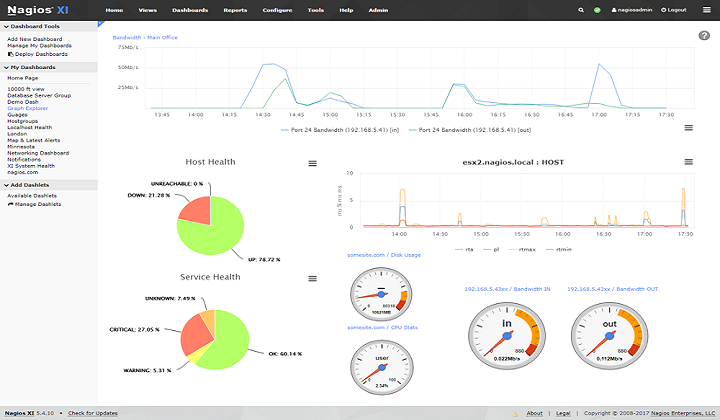 Key features of Nagios XI 5.7
Key features of Nagios XI 5.7
- Powerful Monitoring Engine
- Updated Web Interface
- Performance & Capacity Planning
- Configuration Wizards
- Configuration Snapshot Archive
- Advanced User Management
- Advanced Infrastructure Management Capabilities
5. WhatsUp Gold
WhatsUp Gold (WUG) provides easier than ever to find and fix problems at unprecedented level.
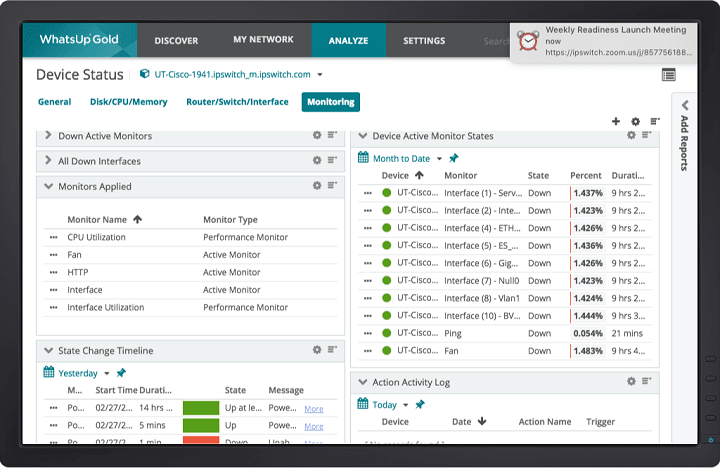 It has some added feature in 2020 update
It has some added feature in 2020 update
- Customize & Pulse Your Icons
- Timeout When You Want To
- Get Details Faster
- Faster Results for Better Scaling
- Integrate With Anything
- See NTA Traffic on a World Map
- Monitor Cloud Applications
- More Granular Active States Reporting
- See What’s Happening as It Happens
- Identify Suspicious Traffic
- Find Configuration Discrepancies
6. Zabbix
Zabbix is an enterprise level open source monitoring tool. It is popular for its easy-to-use and fully configurable Web GUI. One of the highlights of Zabbix is that it can predict trends in your traffic. Zabbix can forecast future behavior based on historical data.
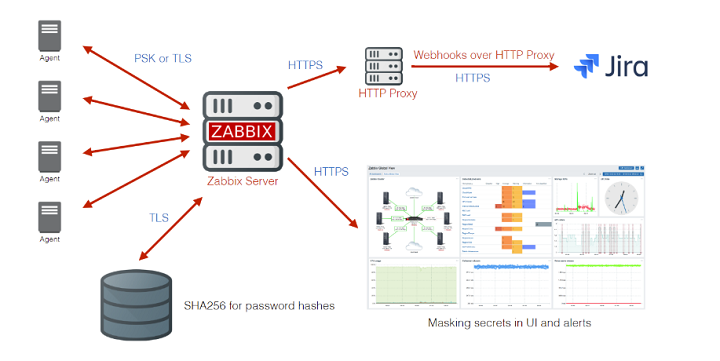
Being an open source, it has an active user community spread around the world with good documentation. Zabbix gives the freedom to use the open-source solution without vendor lock-ins (including all components).
Zabbix is powerful for SMB networks below 1,000 nodes. Over that, the software can get slower and its performance decreased. Another disadvantage is that it doesn’t include real-time tests and reports.
7. Incinga
It is another open source infrastructure and service monitoring tool. Icinga was developed in 2009 by the same team of developers that of Nagios.
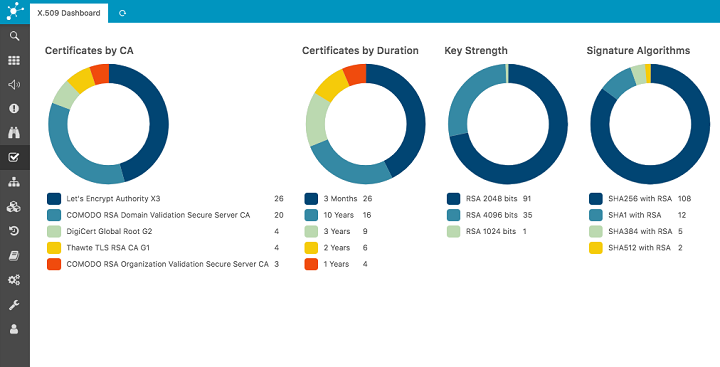
It is a very easy to use and flexible tool for SMB and enterprise networks. The software focuses strongly on monitoring infrastructure and services. The tool also includes great threshold analysis and report/alert functionalities.
All alert dependencies can be displayed in the dashboard and sent via email, SMS or mobile message applications.
8. Datadog
It is a monitoring service specially designed for hybrid cloud environments. Datadog can also monitor the performance of network, apps, tools, and services.
One of the highlights of Datadog is that it can provide extensibility though many APIs (Application Programming Interfaces) with very good documentation.
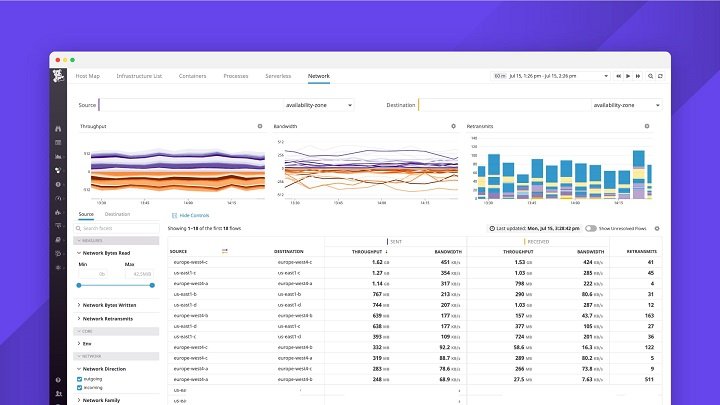
The software is very easy to install and can be up and running in on time. To make it easy, agents can download and install the software. The agents are available for various different platforms such as Windows, Mac OS, Several Linux distributions, Chef, Docker, Puppet, etc.
You can create custom graphs, metrics, and alerts in an instant, and the software can adjust them dynamically based on different conditions.
9. ConnectWise Automate
Formerly known as Labtech, ConnectWise Automate is a new cloud-based manager and monitoring solution that can keep track of your IT infrastructure devices from a single location.
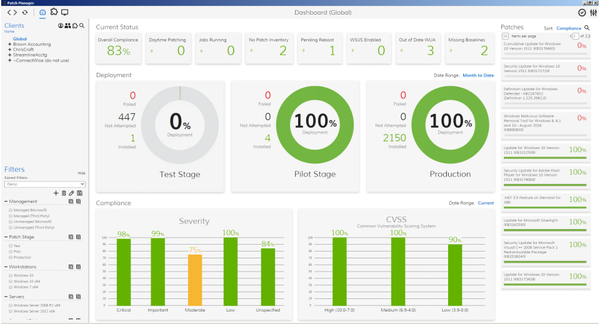
ConnectWise Automate discovers all devices in your network so they can be monitored proactively. The network visibility is improved because the tool interprets problems and initiates an automatic pre-defined action to mitigate the issue.
A cool feature of this software is the “Patch Management”, as it allows you to protect all your systems with simultaneous patching from a centralized manager. Use Windows Patch management or third-party software.
10. Logic Monitor
LogicMonitor is a cloud based automated SaaS (Software-as-a-Service) IT performance monitoring tool. This software automatically discovers IT infrastructure devices and monitor them proactively. Besides from extraordinary monitoring capabilites, the software also improves the performance and health of your network. LogicMonitor can help identify incoming issues by providing predictive alters and trend analysis.
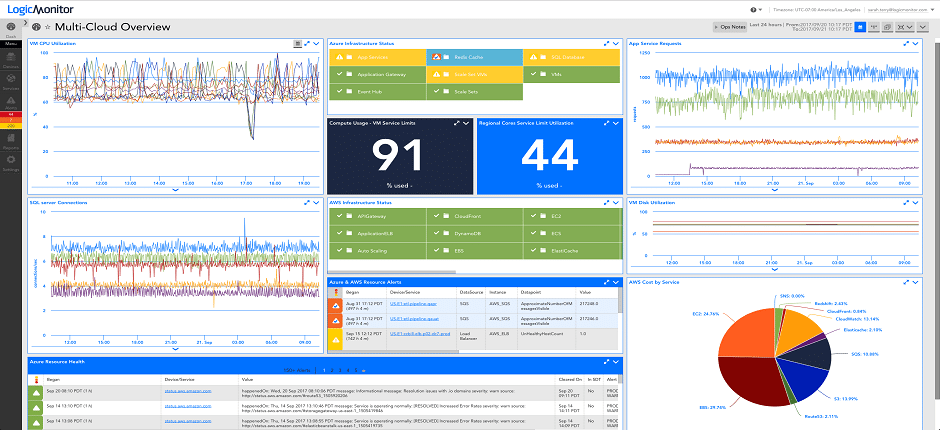
Logic Monitor is popular because it comes with a highly customizable dashboard, alerts, and reports. The software supports over 1000 different technologies, including hybrid cloud and networking devices, in order to provide granular performance metrics.
11. OP5 Monitor
OP5 Monitor is OP5’s Enterprise level monitoring solution for server, Network monitoring and management based on the Open Source project Nagios. With OP5 Monitor you can monitor applications, networks, servers and storage, regardless of location, whether that’s on-premise, hybrid or in a private/public cloud.
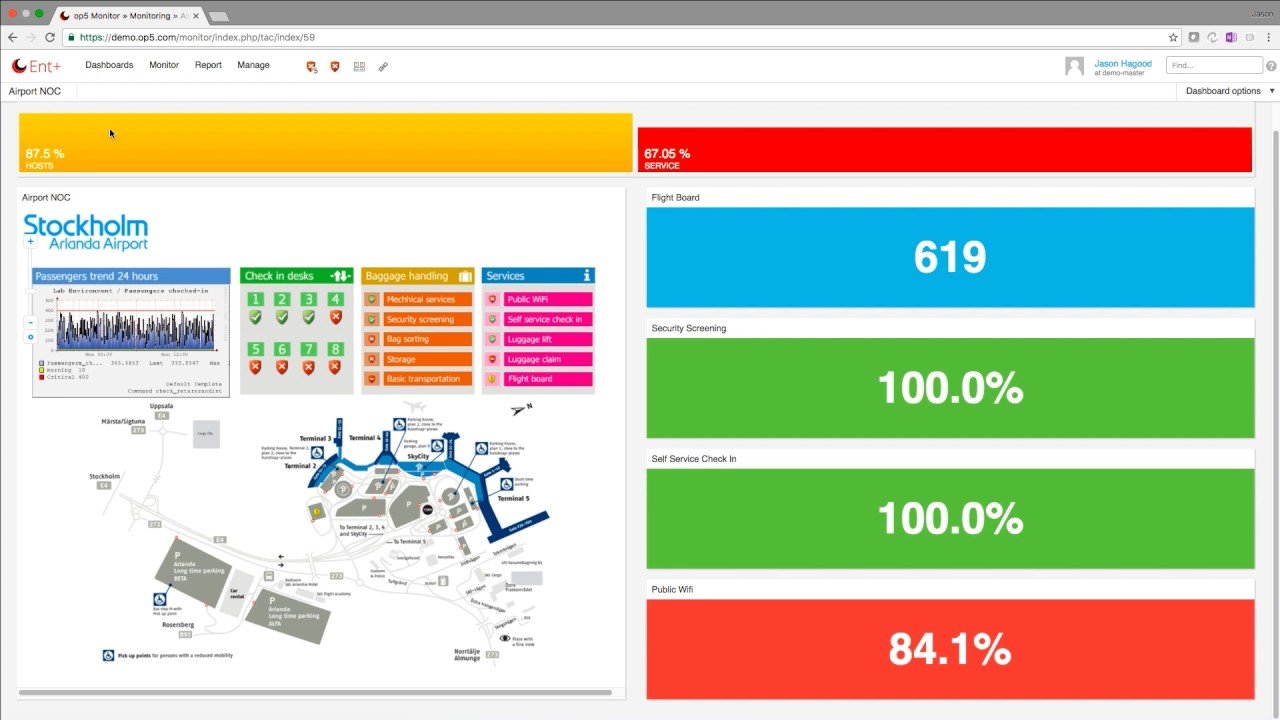 Key features include:
Key features include:
- Unified Dashboard – Fully customizable and interactive dashboards
- Scalability- Unparalleled Scalability across Distributed Environments
- Automation – Endless Possibilities To Automate
- API- Developer Friendly Interface
- SNMP Traps – Read, process and generate alerts from SNMP traps
- Reporting – Custom, SLA- reports and availability reports.



